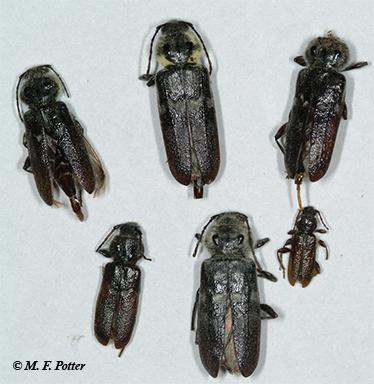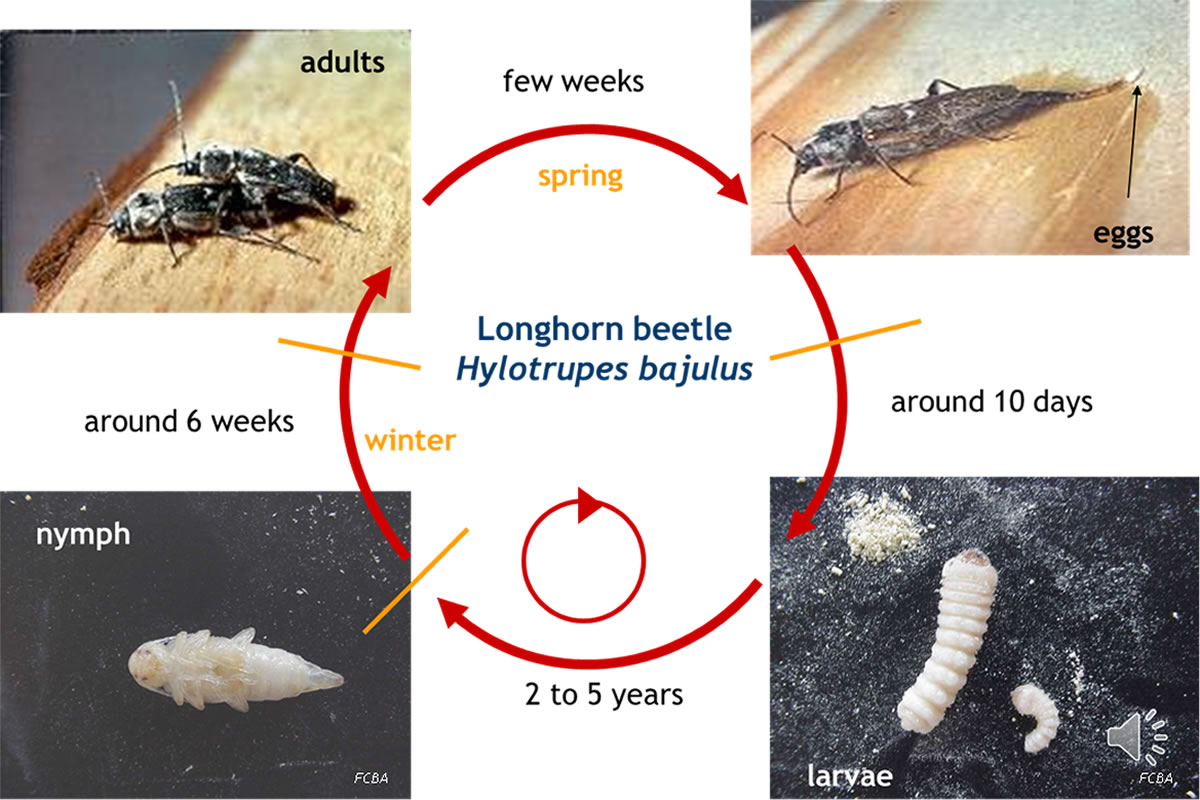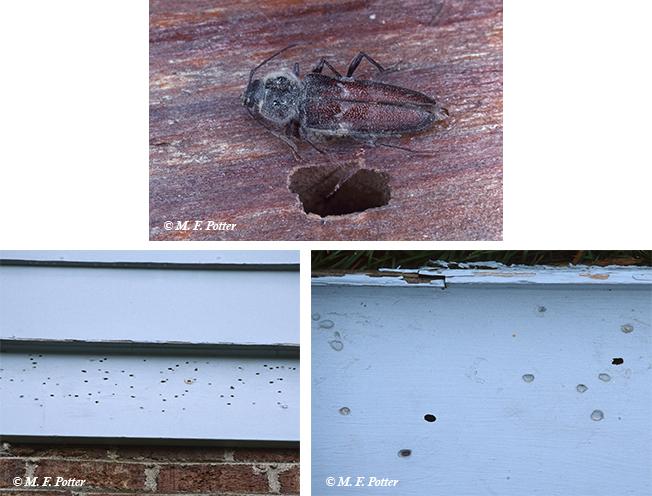old house borer larvae
Their eyes make Old House Borer larvae easy to identify because no other long-horned beetles have larvae that contain more than one eye on each side of the head. Old house borer larvae can weigh up to 05 g Hickin 1963 or for female larvae even close to 08 g Becker 1949b.
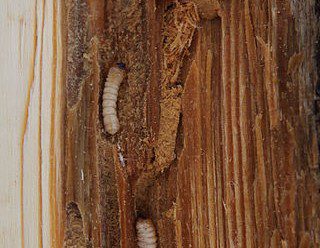
How Serious Is An Old House Borer Infestation In A Home Colonial Pest Control
Are cream-colored with dark brown mandibles.
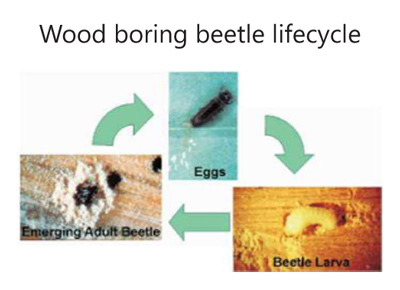
. Quick old house borer facts. The larvae penetrate the wood to feed but they often stay near the surface. They have long antennae and visible grey hairs.
The chewing sounds produced by the feeding of old house borer larvae can be heard in wood during the spring and summer months. Since pine trees are commonly used in home construction Old House Borers are frequently found in houses as explained in our POWDER POST BEETLE CONTROL ARTICLE. Infestations usually begin from lumber that had larvae prior to con-struction originating where the wood was milled processed or stored or at the construction site.
The first body segment behind the head has two raised black shiny knobs on the upper surface. The clicking sound made by the larvae as they eat is often used to detect an infestation of old house borers. They can also be found as whitish larva.
How to identify Old House Borer Beetles. Have three distinct dark ocelli on each side of the head. The larvae can live in seasoned softwood for several years.
Wood boring by such large larvae produces crunchy sounds that can be perceived even with the naked ear. The head of the Old House Borer larvae is round and much larger than its tail a shape which is typical of the Cerambycidae Beetles which are known as Round Headed Borers. They can do significant damage to a physical structure and that damage can be done in a short time.
The old house borer is a common pest of buildings in the eastern United States. Fir spruce pines and other coniferous trees. Diet of adults and larvae.
On average however the. In the US the old house borer is solely a pest of buildings and lumber. The larvae feed on seasoned softwoods such as found in structural timbers.
The larvae can be up to 1 ¼ in length. The females lay about fifty eggs in cracks and crevices in wood. Old house borers are wood-boring beetle that have slightly long antennae and flattened bodies black or blackish-brown in color.
This beetle prefers newer wood than old contrary to its name possibly due to the higher resin content. They are slightly flattened brownish-black with gray or yellow-gray hairs. They can infest both new and old houses and are the only long-horned beetle to infest seasoned lumber.
The old house borer is now found throughout the world and is a common household pest in Europe. The head of the old house borer larvae is round and is much larger than its tail a shape which is typical of the Cerambycidae beetles which are known as round headed borers. The larvae of the old house borers have cream-colored bodies that taper on one end.
Female beetles lay their eggs about 50- 200 in. The old house borer beetle is one of the most dangerous wood-destroying insects second only to the termite. Old House Borer Larvae.
Old house borer adults are large beetles about 58- to 1-inch long. However that does not mean the pests are innocent. Old house borer larvae feed and grow inside the wood for 2 to 15 years depending on conditions.
Signs of an infestation. These insects are about 12 to ¾ long. There are three eyes on each side of the head.
As soon as old house borers eggs hatch the larvae feed on the wood in your home. In the Northeast larval development usually takes 5-8 years. Old House Borers prefer soft woods such as fir pine hemlock and spruce.
They have long antennae and are black to gray in color. They can be found in old houses as their name suggests but they are actually more common in new homes. The adult female lays forty to fifty eggs in cracks or crevices of suitable wood.
The eggs hatch and the cream-colored larvae bore into the wood and develop over the next two to ten. This larvae is grayish white in color and grows from 34 inch to 1 58 of an inch in length. They have patches of hair on their wing covers and on the thorax.
They are cream colored often a grayish white and feature dark mandibles and three eyes on each side of their head. Old House Borer larvae feature rounded heads which are larger than their tails. Are a wood-boring insect.
Old house borers arent dangerous to humans or pets. Adult old house borers are brownish-black beetles with many gray hairs on the head and thorax two noticeable black bumps on the. Adults range in size from 58 to 1 ¼ inches.
Old house borers infest seasoned softwoods especially pine. On each side of their head they have three dark eyes arranged vertically. Old House Beetle Larvae.
Adult old house borer beetles are gray to black in colour and about 20 25mm in length. Larvae are worm-like creamy-white and up to 1¼-inch long when mature. The larva bores through wood and also feeds on it.
Larvae grow to 1 ¼ inches. The borers feed only in pine spruce and other coniferous woods. OLD HOUSE BORER LARVAE.
Larvae usually require 2 to 3 years to develop in wood with 15. As these larvae move through. The beetles currently range from Maine to Florida and west to Michigan and Texas.
Adult old house borers typically emerge in June and July. This larvae is grayish-white in color and grows from 34 inch to. The old house borer is native to North Africa and is believed to have arrived in North America around 1875.
Once they mate the female lays eggs in any available cracks and crevices in wood. The larvae feed little during the winter months of December through February. Their larvae are creamy white about the same size as mature adults and worm-like in appearance with the front part slightly wider than the end.
Tunnels made by the larva weaken structural timbers. They commonly infest pine and many times will be found under the pine bark of pine trees. The big problem with these beetles comes from their feeding habits.
Size may be up to 12 inches long full-grown. These look like Old House Borer Beetle Larvae. The larvae emerge in approximately.
Larvae develop to adults more rapidly in southern states and in structures that are heated year-round and in wood with a higher moisture and protein content. It does not infest living trees stumps or firewood. Have an enlarged head.
Controlling The Old House Borer Pestcontrolsupplies Com

Wood Boring Beetles Mu Extension
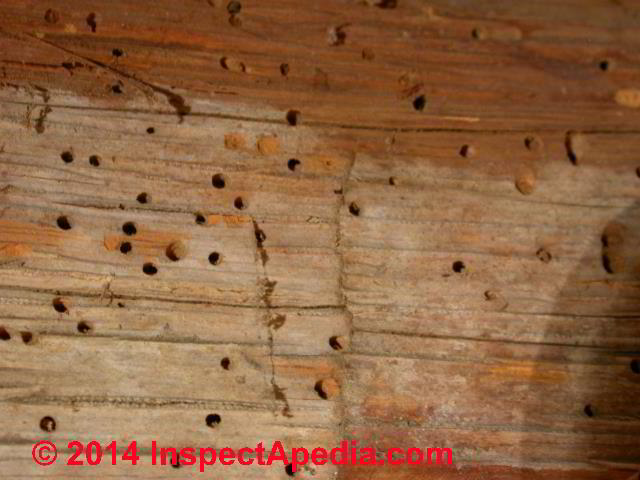
Powder Post Beetles Old House Borers Structural Damage From Insects And Rot Fungus Termites Carpenter Ants Powder Post Beetles And Leaks Or Water Entry In Buildings Inspection Detection Repair Prevention

Wood Boring Beetles Of Structure And Their Prevention
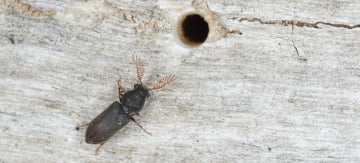
Wood Borer Identification Treatment Pest Guide By Fantastic Services

9 Old House Borer Adult And Larvae Download Scientific Diagram

What Does Old House Borer Damage Look Like Youtube
Old House Borers How To Kill And Get Rid Of Old House Borers
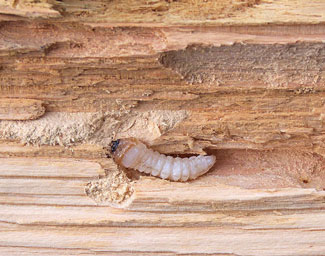
Old House Borers Infest New Houses Colonial Pest Control

Old House Borers Team Pest Usa
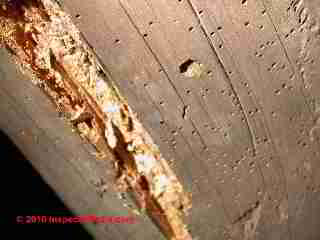
Powder Post Beetles Old House Borers Structural Damage From Insects And Rot Fungus Termites Carpenter Ants Powder Post Beetles And Leaks Or Water Entry In Buildings Inspection Detection Repair Prevention
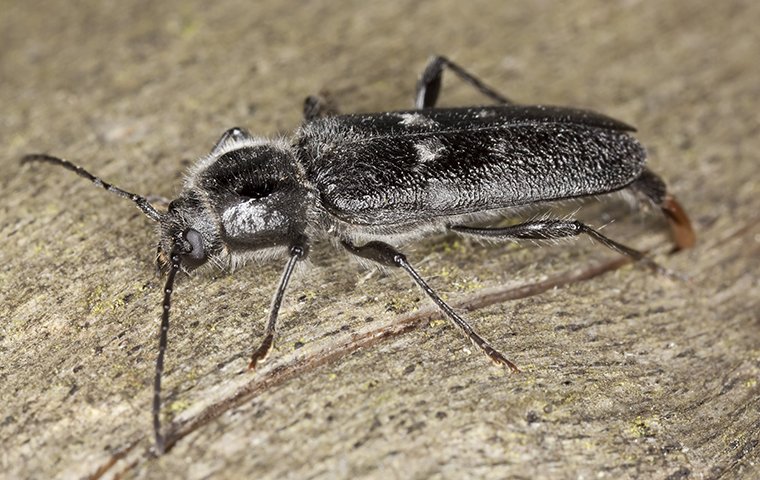
Old House Borers In Elizabeth City Nc Albemarle Termite Pest Control
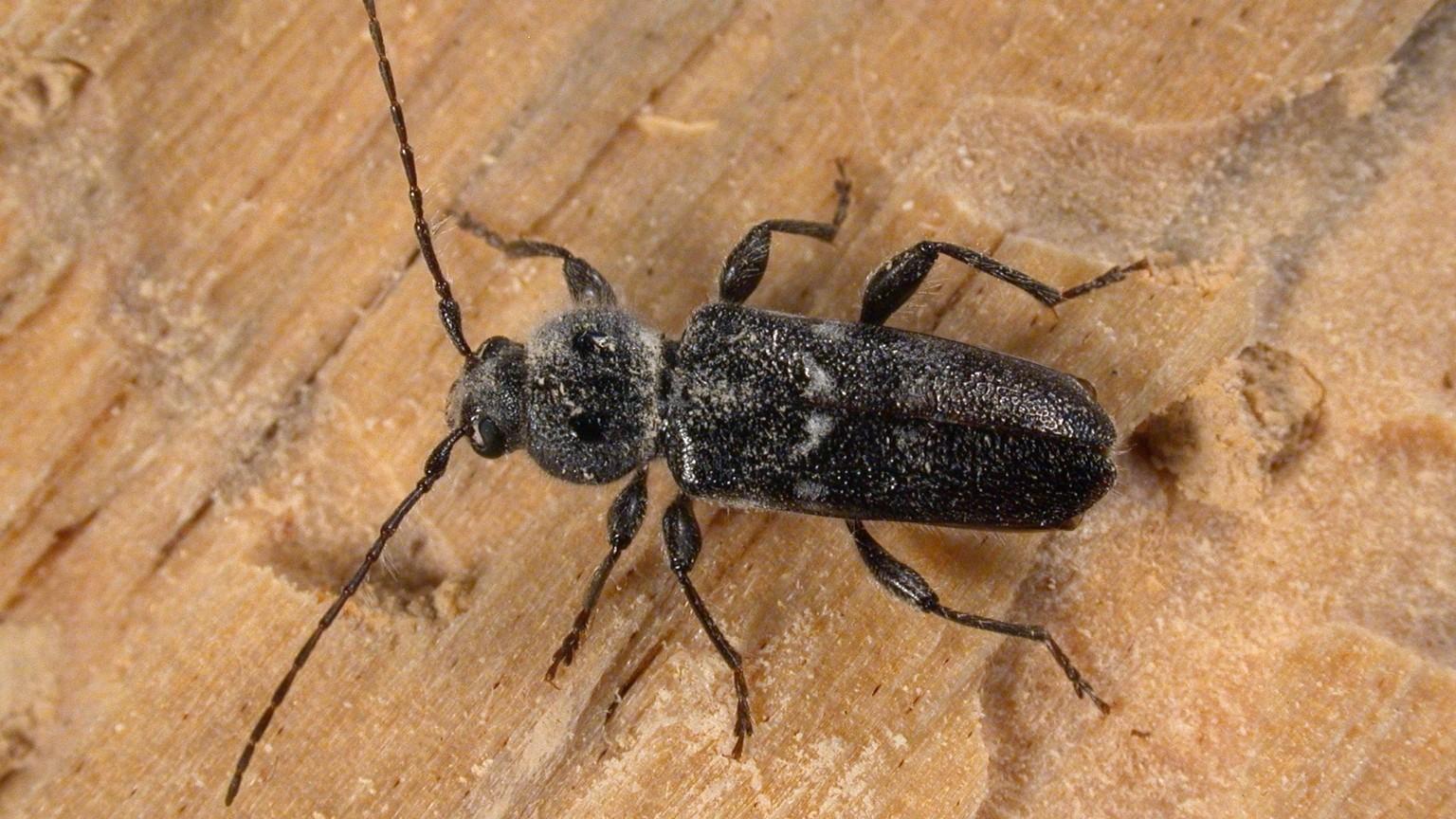
Old House Borer University Of Maryland Extension

Old House Borer Beetle Identification Life Cycle Facts Pictures
